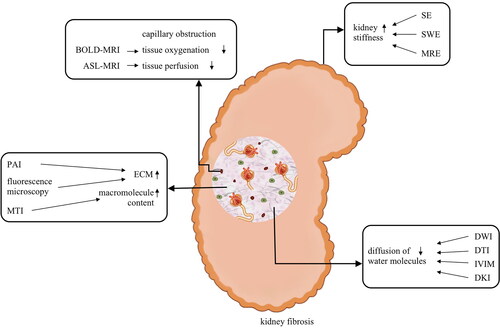Figures & data
Table 1. Features of noninvasive imaging techniques for assessing kidney fibrosis.
Table 2. Studies on noninvasive imaging techniques for assessing kidney fibrosis.

